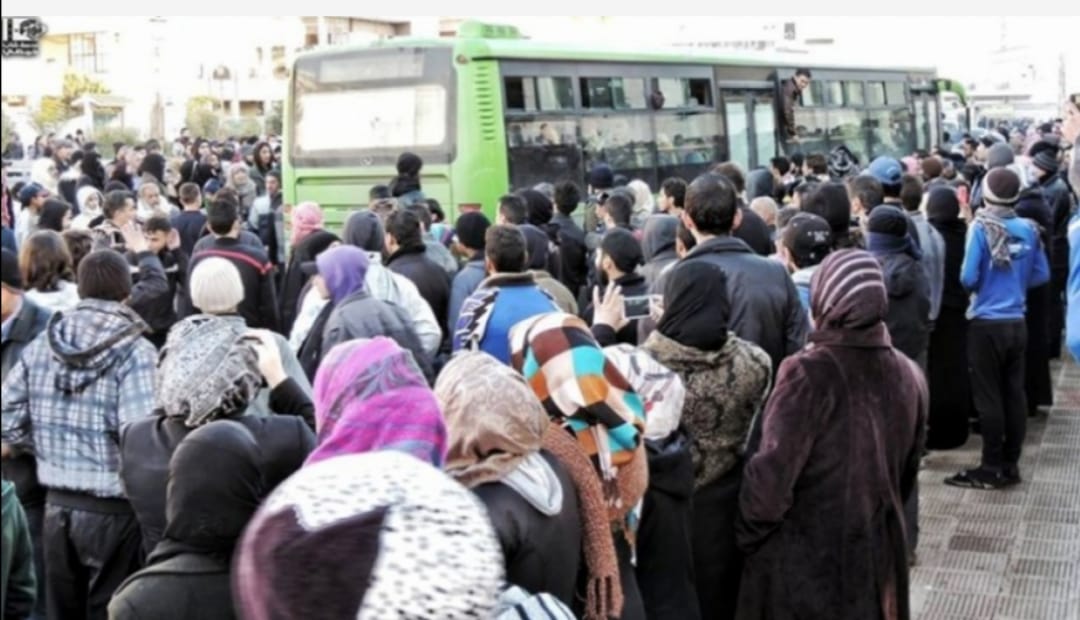
Syria’s cities have been one of Assad’s greatest challenges. Allowing Syria’s largest cities to fall posed a grave strategic risk to his rule. Once the initial crackdown failed to break the opposition’s resistance, the regime turned to siege tactics. 1/
#حلب
#حلب

Throughout the conflict, more than forty localities have been besieged, most in the suburbs of Damascus and Homs. Following Russia’s military intervention in 2015, and particularly from the summer of 2016, key sieges were intensified into air and ground assaults. 2/ 

The siege that broke Aleppo followed this pattern. It began in July with cutting off the crucial road leading into the northeast of the city and then tightened through the fall, before a heavy offensive forced the residents into an evacuation deal in midwinter. 3/ 

Aleppo was the largest and most strategically important city to fall to this strategy, but it was not the first. As such, it is vital to situate Aleppo within the broader strategy of “kneel or starve” and to understand the policies and tactics used. 4/ syacd.org/demographic-ch…
The policy’s end goal was not only to conquer these areas militarily, but also to remove the population through either physical destruction or forced displacement. 6/ 

The intended effect of the endless brutality of this policy was to drive the original inhabitants of these areas out permanently, to kill any desire they may have to return to their homes. 7/ 

The Syrian regime is investing all its capacity to stop this from happening in a hope of retaining its poisonous dream of “useful Syria”. However, the millions of displaced Syrians are the only force which will decide upon its fate. 8/
If we persevere in our determination to reclaim our homes and our country, Assad’s attempt to engineer a “useful Syria” through demographic change will remain only that – a criminal, failed attempt. 9/9
We will return, Aleppo.
#راجعين
We will return, Aleppo.
#راجعين
• • •
Missing some Tweet in this thread? You can try to
force a refresh






